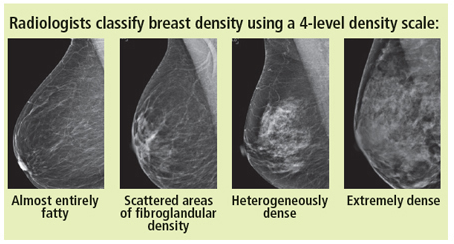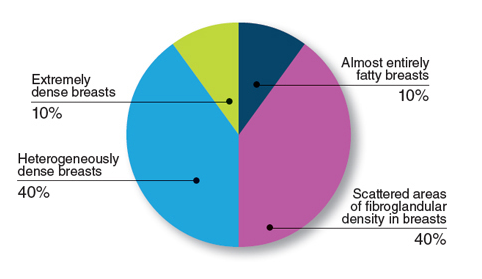MammographySaves Lives

Loading component...
In the U.S., breast cancer mortality decreased by 40% since 1990 thanks, in large part, to the rising use of mammography. It’s a preventative measure that works, if you use it.
More women under the age of 40 are diagnosed with breast cancer than ever before. And it’s often more deadly in younger women. American College of Radiology® guidelines urge all women –– especially Black and Ashkenazi Jewish women –– to talk with their doctors about breast cancer risk by the age of 25.
Loading component...
Loading component...
Loading component...
Resources on Risk: What You Need to Know
If you’re at high risk for breast cancer, you might benefit from mammograms more than once every year. Ask your doctor for details and use these links to learn more.
Loading component...
Loading component...
Research Results and Official Guidelines
If you want to read the full ACR recommendations on breast cancer screening, you’ll find those here. We’ve also compiled the most significant research results to help curious patients understand the advice they’re getting.



